The Food Forest in July
This is the food forest just outside its gate. Somehow we have never shown a full tour of it for many reasons, despite the fact that it was Stewart’s biggest project the spring that Ruth was a babe. He dug swales, planted autumn olives, mayhaws, blackberries, pears, figs, and more. The concept is to create a space that holds many and diverse perennials planted on swales. The understory is then filled with annuals or low-lying perennials.
These are the back two swales on which we have planted annuals this year. Amongst jujubes and figs and a few others in their early years, we planted black-eyed peas, winter squash, sunflowers, tomatoes, and lettuce. There are wild oregano and chive plants scattered here and there as well as a pollinator-friendly insectary mix scattered throughout.
There is also comfrey propagated here and there which we have been using as a side-dressing to the heavier feeders such as tomatoes.
Predominantly, though, these rows are made up of black-eyed peas. These ever-reliable legumes have served us well in drier years past and now with abundant rain we are really seeing what they can do. We mostly eat loads of them fresh – the Red Ripper variety is an especially tasty green bean or shell bean and has quickly become our favorite. We are just starting to tire of the daily meal based around the green bean so I’ll probably start leaving more of thee beans to dry in their pods before picking. I just love how plants like beans and squash are self-preserving that way.
I suppose that concludes the gardens, for now. It seems much has changed already since I started sharing updates just last week and I’m not sure I could keep up a real-time pace. Abram and I harvested an armful of summer squash during an evening garden walk. The tomatoes are getting larger and are in need of another staking tactic. The sweet potato leaves are large enough to begin harvesting from. The wax beans and kidney beans are again in need of picking. The okra is still young but I suspect triple digit temperatures will make it – and probably only it – thrive.
The rest of us will be in the shade for much of the afternoon, waiting for evening – and picking time – to come again.

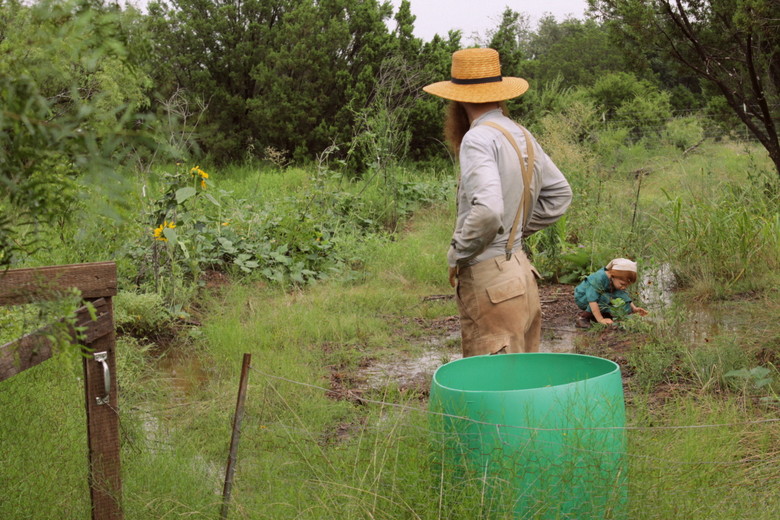
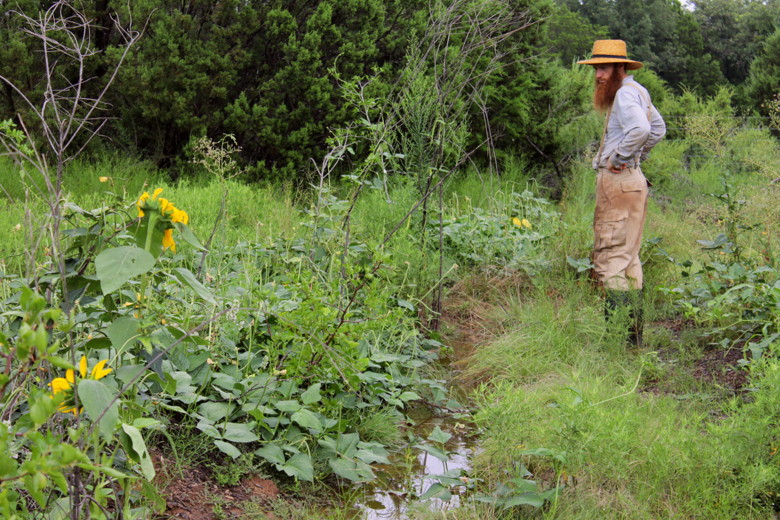
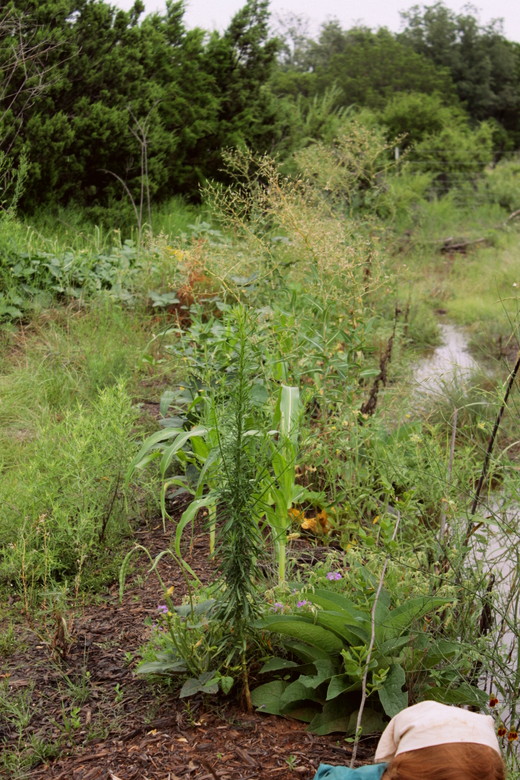
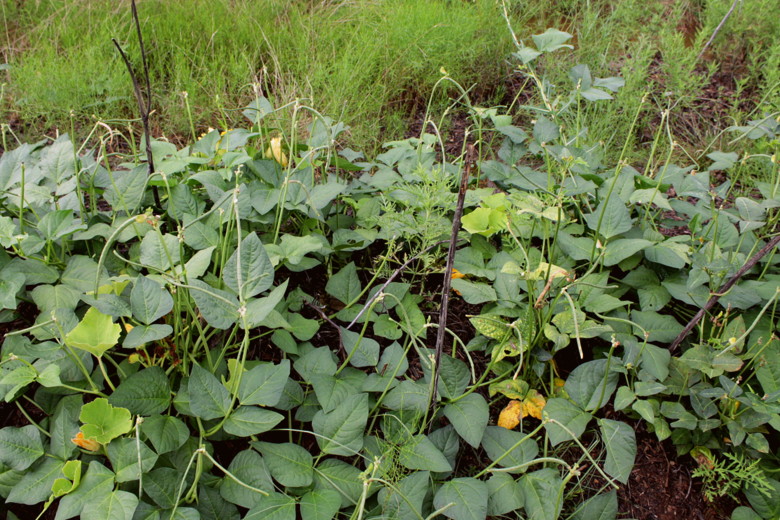
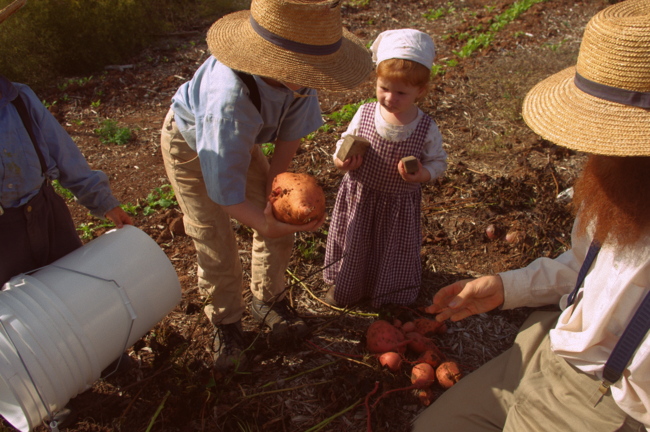
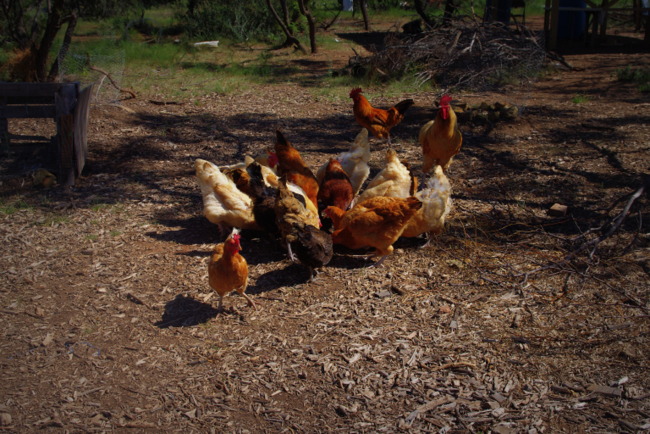
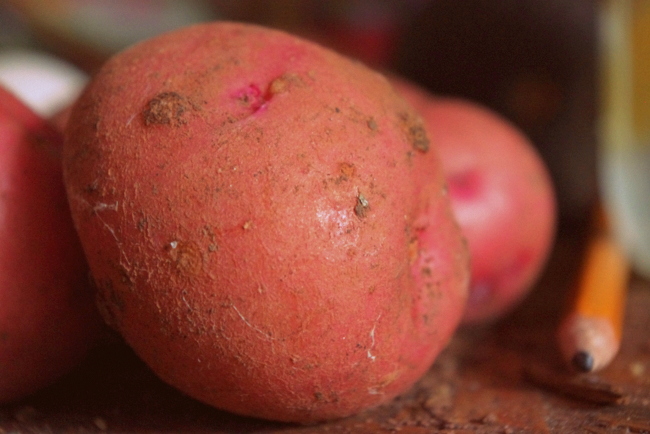
Hello. We live in the hot area of Texas as well. Another green that grows abundantly in this heat is red malibar spinach. Between that, greens from sweet potatoes and okra we have greens to eat in August- october. Malibar spinach also easily reseeds. I just left it go in the fall and than shook it and next year tons of plants 🙂
Lovely garden update! I appreciate hearing about what works in drier climates. Do you dehydrate any of your bounty, and if so could you tell us about it? Thanks!
What a lovely place you have here. So glad to have found your blog today. I only have a tiny garden plot but I’m sure I’ll pick up lots of tips here 🙂